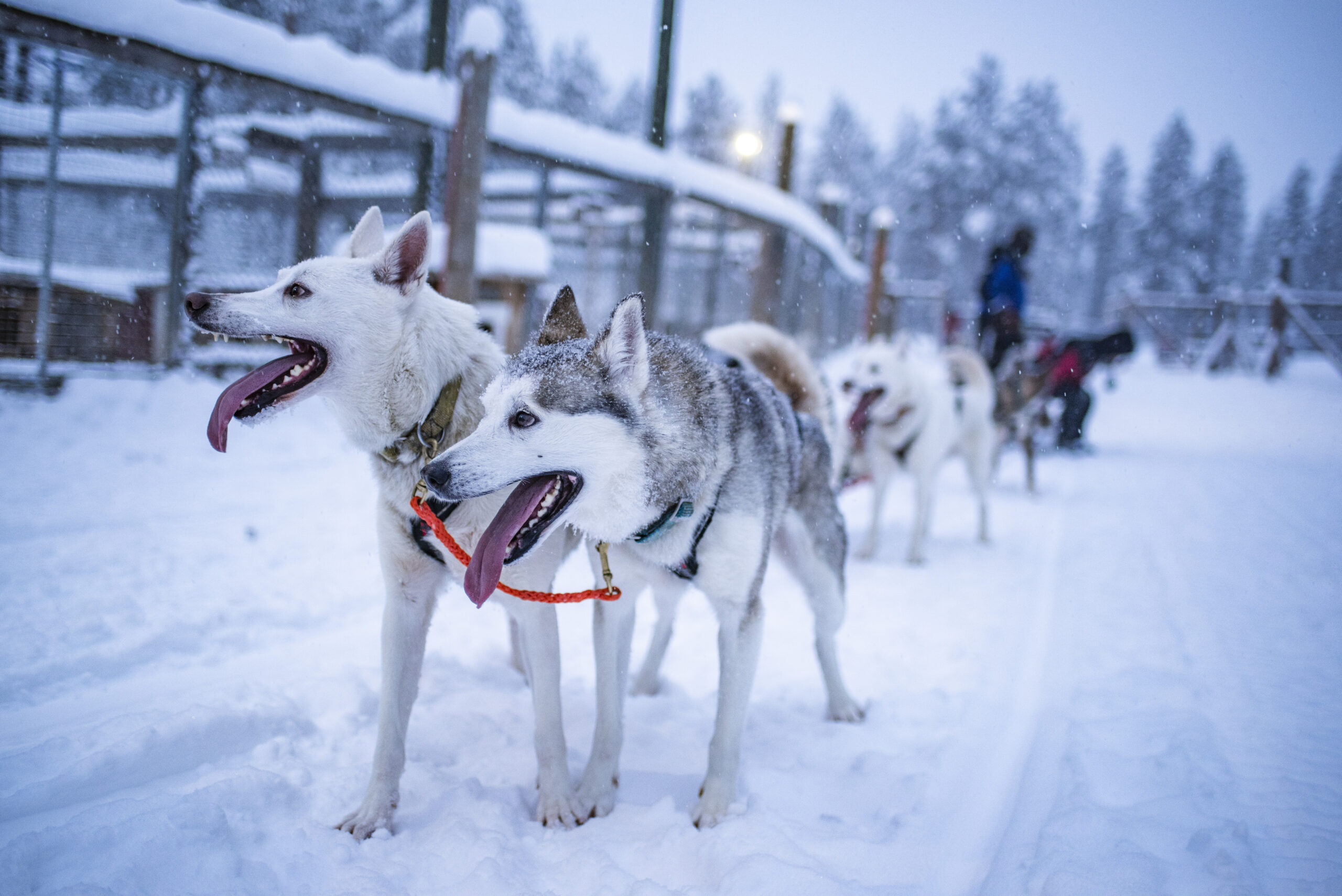Well, yes, if you call the trail a race track, which it technically is. The trail is an actual, historically recognized trail, open to the public. You can travel it anytime you want, including during the Iditarod and Iron Dog races, although you might get yelled at if you are in the way (or run over).
The trail is only useful in the winter, when all the swamps, rivers, and lakes are frozen over. Every year it seems there are accounts of snowmobiles crashing into the dog sleds, or intoxicated folks getting in the way somewhere, and causing problems. Not only does the race course cover about 1,000 miles, it also runs through many communities in the Alaskan interior. The trail is used by people to go from town to town, or access hunting spots, so there is certainly other traffic on the trail.
Our original idea to run the trail went back to late 2019, when we were contemplating the long, boring winter ahead. My wife, Marlene, suggested we run the trail into McGrath, Alaska. McGrath is a large (by Alaskan interior standards) town of 300 people. The Sturm family, who we got to know real well when he found our buried treasure in Book 10, lives there. No roads lead to McGrath, the only way there is by snowmachine or airplane. Naturally, I was quite agreeable with Marlene’s idea, and so we ended up purchasing several snowmachines, and also renting one from Alan Reinford.
People in Pennsylvania tend to think because the Iditarod trail is a “trail,” it is also nicely groomed, like some sort of ski slope. Up here in Alaska, “trail grooming” is a fancy way of saying someone else drove a sled through there and made some tracks. These tracks then can be swiftly covered over by blowing snow. It can be treacherous, as it goes over rivers and lakes, which can have thin ice. Even at 40 below zero, falling through thin ice can still happen. Overflow is common, which is water on top of ice. This can be caused by several things: Water levels rising after the ice is already frozen and built up, or as is often the case, the ice being pushed down by the weight of snow. Overflow can be half an inch thick, or several feet.
There are also many stories up here of cheechakos (someone who has just arrived in Alaska) taking snowmachines out into the wilderness, and then having all sorts of problems, and then of course freezing to death (or being eaten by bears). It is very easy to underestimate the rough terrain and extreme temperatures that await. Most folks assume that if they carry a big gun, everything else will go easy up here. While a big gun is a wonderful idea, there are many other skills needed for wandering through the wilderness.











